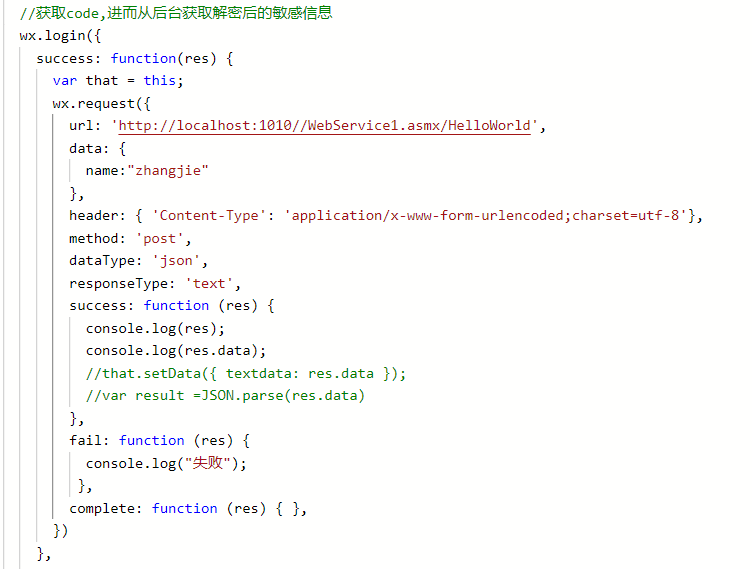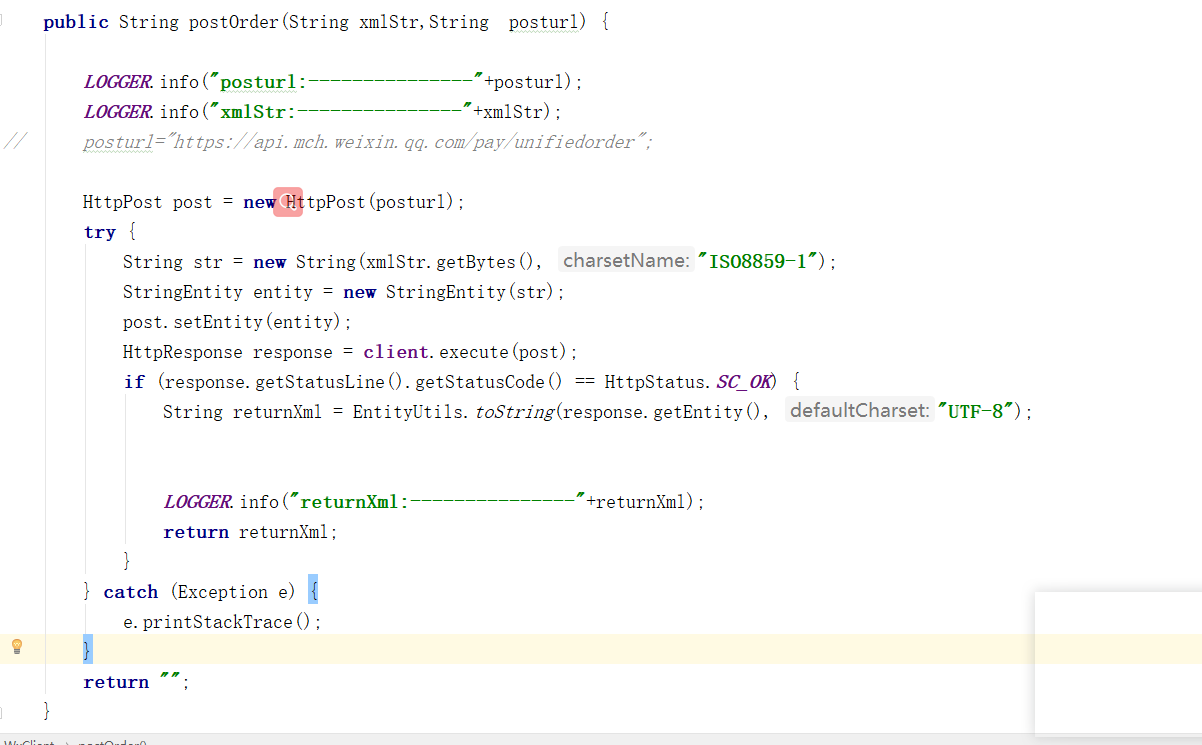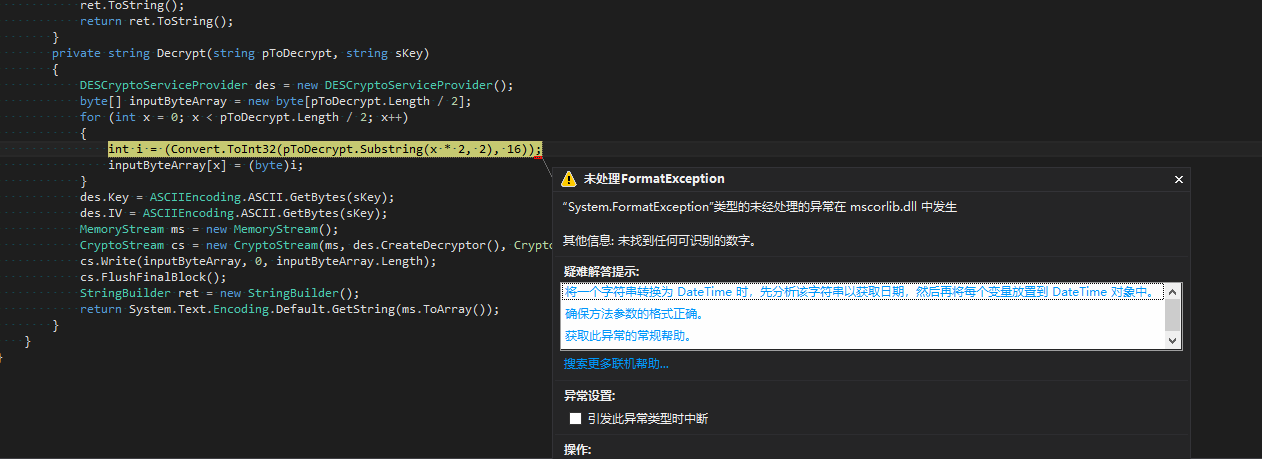Is there a way to get the mouse wheel events (not talking about scroll events) in jQuery?
问题:
回答1:
There\'s a plugin that detects up/down mouse wheel and velocity over a region.
回答2:
$(document).ready(function(){
$(\'#foo\').bind(\'mousewheel\', function(e){
if(e.originalEvent.wheelDelta /120 > 0) {
console.log(\'scrolling up !\');
}
else{
console.log(\'scrolling down !\');
}
});
});
回答3:
Binding to both mousewheel and DOMMouseScroll ended up working really well for me:
$(window).bind(\'mousewheel DOMMouseScroll\', function(event){
if (event.originalEvent.wheelDelta > 0 || event.originalEvent.detail < 0) {
// scroll up
}
else {
// scroll down
}
});
This method is working in IE9+, Chrome 33, and Firefox 27.
Edit - Mar 2016
I decided to revisit this issue since it\'s been a while. The MDN page for the scroll event has a great way of retrieving the scroll position that makes use of requestAnimationFrame, which is highly preferable to my previous detection method. I modified their code to provide better compatibility in addition to scroll direction and position:
(function() {
var supportOffset = window.pageYOffset !== undefined,
lastKnownPos = 0,
ticking = false,
scrollDir,
currYPos;
function doSomething(scrollPos, scrollDir) {
// Your code goes here...
console.log(\'scroll pos: \' + scrollPos + \' | scroll dir: \' + scrollDir);
}
window.addEventListener(\'wheel\', function(e) {
currYPos = supportOffset ? window.pageYOffset : document.body.scrollTop;
scrollDir = lastKnownPos > currYPos ? \'up\' : \'down\';
lastKnownPos = currYPos;
if (!ticking) {
window.requestAnimationFrame(function() {
doSomething(lastKnownPos, scrollDir);
ticking = false;
});
}
ticking = true;
});
})();This code is currently working in Chrome v50, Firefox v44, Safari v9, and IE9+
References:
- https://developer.mozilla.org/en-US/docs/Web/Events/scroll
- https://developer.mozilla.org/en-US/docs/Web/Events/wheel
回答4:
Answers talking about \"mousewheel\" event are refering to a deprecated event. The standard event is simply \"wheel\". See https://developer.mozilla.org/en-US/docs/Web/Reference/Events/wheel
回答5:
As of now in 2017, you can just write
$(window).on(\'wheel\', function(event){
// deltaY obviously records vertical scroll, deltaX and deltaZ exist too
if(event.originalEvent.deltaY < 0){
// wheeled up
}
else {
// wheeled down
}
});
Works with current Firefox 51, Chrome 56, IE9+
回答6:
This worked for me:)
//Firefox
$(\'#elem\').bind(\'DOMMouseScroll\', function(e){
if(e.originalEvent.detail > 0) {
//scroll down
console.log(\'Down\');
}else {
//scroll up
console.log(\'Up\');
}
//prevent page fom scrolling
return false;
});
//IE, Opera, Safari
$(\'#elem\').bind(\'mousewheel\', function(e){
if(e.originalEvent.wheelDelta < 0) {
//scroll down
console.log(\'Down\');
}else {
//scroll up
console.log(\'Up\');
}
//prevent page fom scrolling
return false;
});
from stackoverflow
回答7:
Here is a vanilla solution. Can be used in jQuery if the event passed to the function is event.originalEvent which jQuery makes available as property of the jQuery event. Or if inside the callback function under we add before first line: event = event.originalEvent;.
This code normalizes the wheel speed/amount and is positive for what would be a forward scroll in a typical mouse, and negative in a backward mouse wheel movement.
Demo: http://jsfiddle.net/BXhzD/
var wheel = document.getElementById(\'wheel\');
function report(ammout) {
wheel.innerHTML = \'wheel ammout: \' + ammout;
}
function callback(event) {
var normalized;
if (event.wheelDelta) {
normalized = (event.wheelDelta % 120 - 0) == -0 ? event.wheelDelta / 120 : event.wheelDelta / 12;
} else {
var rawAmmount = event.deltaY ? event.deltaY : event.detail;
normalized = -(rawAmmount % 3 ? rawAmmount * 10 : rawAmmount / 3);
}
report(normalized);
}
var event = \'onwheel\' in document ? \'wheel\' : \'onmousewheel\' in document ? \'mousewheel\' : \'DOMMouseScroll\';
window.addEventListener(event, callback);
There is also a plugin for jQuery, which is more verbose in the code and some extra sugar: https://github.com/brandonaaron/jquery-mousewheel
回答8:
This is working in each IE, Firefox and Chrome\'s latest versions.
$(document).ready(function(){
$(\'#whole\').bind(\'DOMMouseScroll mousewheel\', function(e){
if(e.originalEvent.wheelDelta > 0 || e.originalEvent.detail < 0) {
alert(\"up\");
}
else{
alert(\"down\");
}
});
});
回答9:
I was stuck in this issue today and found this code is working fine for me
$(\'#content\').on(\'mousewheel\', function(event) {
//console.log(event.deltaX, event.deltaY, event.deltaFactor);
if(event.deltaY > 0) {
console.log(\'scroll up\');
} else {
console.log(\'scroll down\');
}
});
回答10:
use this code
knob.bind(\'mousewheel\', function(e){
if(e.originalEvent.wheelDelta < 0) {
moveKnob(\'down\');
} else {
moveKnob(\'up\');
}
return false;
});
回答11:
my combination looks like this. it fades out and fades in on each scroll down/up. otherwise you have to scroll up to the header, for fading the header in.
var header = $(\"#header\");
$(\'#content-container\').bind(\'mousewheel\', function(e){
if(e.originalEvent.wheelDelta > 0) {
if (header.data(\'faded\')) {
header.data(\'faded\', 0).stop(true).fadeTo(800, 1);
}
}
else{
if (!header.data(\'faded\')) header.data(\'faded\', 1).stop(true).fadeTo(800, 0);
}
});
the above one is not optimized for touch/mobile, I think this one does it better for all mobile:
var iScrollPos = 0;
var header = $(\"#header\");
$(\'#content-container\').scroll(function () {
var iCurScrollPos = $(this).scrollTop();
if (iCurScrollPos > iScrollPos) {
if (!header.data(\'faded\')) header.data(\'faded\', 1).stop(true).fadeTo(800, 0);
} else {
//Scrolling Up
if (header.data(\'faded\')) {
header.data(\'faded\', 0).stop(true).fadeTo(800, 1);
}
}
iScrollPos = iCurScrollPos;
});
回答12:
The plugin that @DarinDimitrov posted, jquery-mousewheel, is broken with jQuery 3+. It would be more advisable to use jquery-wheel which works with jQuery 3+.
If you don\'t want to go the jQuery route, MDN highly cautions using the mousewheel event as it\'s nonstandard and unsupported in many places. It instead says that you should use the wheel event as you get much more specificity over exactly what the values you\'re getting mean. It\'s supported by most major browsers.
回答13:
If using mentioned jquery mousewheel plugin, then what about to use the 2nd argument of event handler function - delta:
$(\'#my-element\').on(\'mousewheel\', function(event, delta) {
if(delta > 0) {
console.log(\'scroll up\');
}
else {
console.log(\'scroll down\');
}
});
回答14:
I got same problem recently where
$(window).mousewheel was returning undefined
What I did was $(window).on(\'mousewheel\', function() {});
Further to process it I am using:
function (event) {
var direction = null,
key;
if (event.type === \'mousewheel\') {
if (yourFunctionForGetMouseWheelDirection(event) > 0) {
direction = \'up\';
} else {
direction = \'down\';
}
}
}




